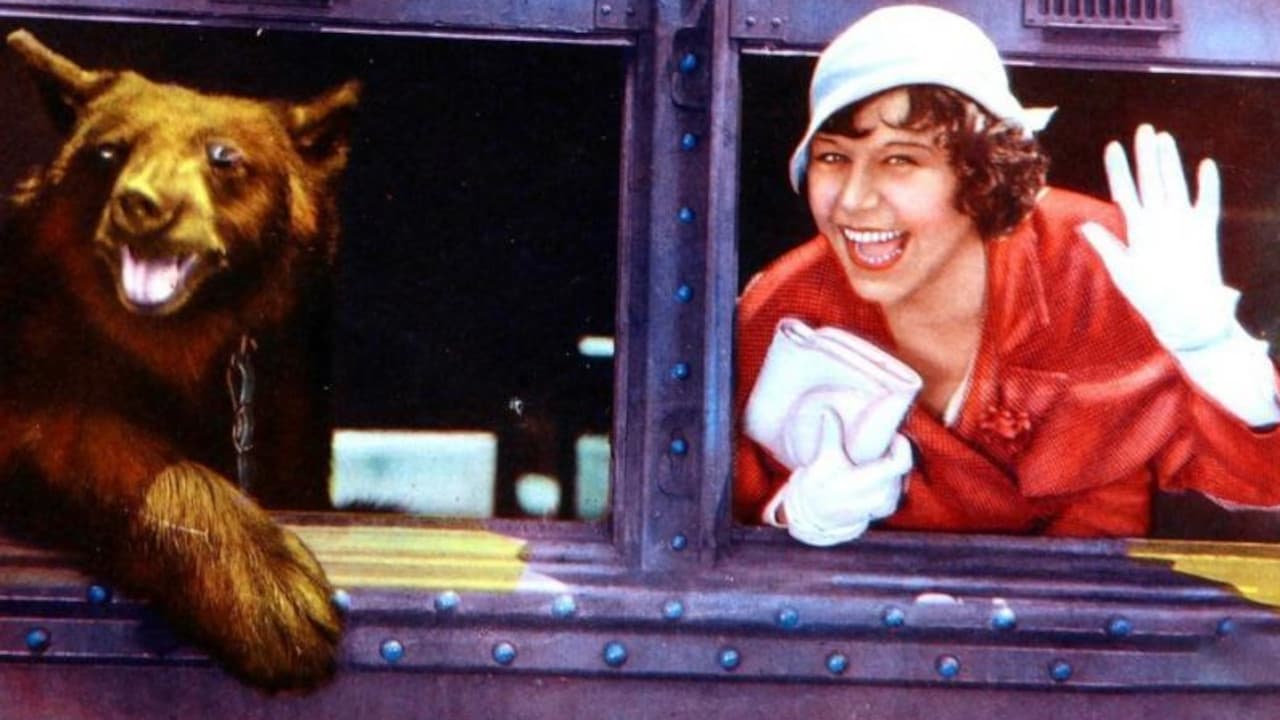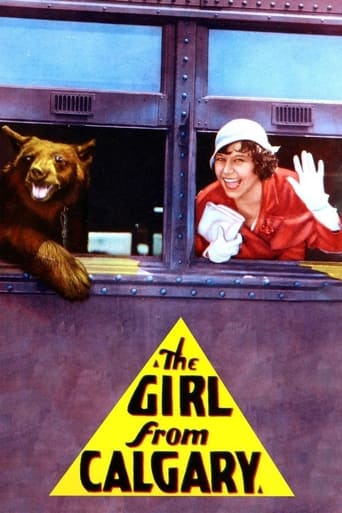Tacticalin
An absolute waste of money
Melanie Bouvet
The movie's not perfect, but it sticks the landing of its message. It was engaging - thrilling at times - and I personally thought it was a great time.
Lucia Ayala
It's simply great fun, a winsome film and an occasionally over-the-top luxury fantasy that never flags.
Phillida
Let me be very fair here, this is not the best movie in my opinion. But, this movie is fun, it has purpose and is very enjoyable to watch.
mark.waltz
One critic referred to her as that for the 1971 Stephen Sondheim musical "Follies" where she introduced the pastiche "Folies Bergere" number, "Ah, Paree!". Throughout her career, Fifi was never without feathers or wacky costumes, whether as the temperamental movie star in "Going Hollywood", the obvious prostitute in "Wonder Bar", or the aging art patron in "What a Way to Go!". In one of her few leading parts, Fifi plays a role similar to Ruby Keeler's in "42nd Street", except that she goes from the nightclub, cabaret and occasional rodeo to becoming a huge Broadway star. Ironically, in "Going Hollywood", she played the equivalent of the Dorothy Brock "42nd Street" role, screaming at everybody and everything around her until they pretty much just had enough.For her to be the leading lady in this unbelievable Cinderella story is not enough to carry my interest for even just over an hour. She might be fine as the leading lady in a short, but for a feature is too difficult to tolerate. Lupe Velez could pull it off, because she knew when to tone it down, but after a while, D'Orsday just starts to grate on the nerves. Along with jealous roommate pal Astrid Allwyn, they make the move from Calgary to Pittsburgh to Manhattan, with beaus Paul Kelly and Robert Warwick at their sides. A few musical interludes are thrown in (mostly outtakes of the campy "The Great Gabbo") and D'Orsday does sing in a few of them. But with a heroine you really just don't care too much about, the result is flaccid indeed.One funny sequence has Kelly and Warwick escorting the ladies home in a cab and being forced to sleep in a barn where they share bedding with a huge pig and a goat who makes a breakfast out of Warwick's necktie. D'Orsday is fine for supporting parts and in small doses, and even with "Follies", she is barely remembered other than looking like something out of the beast's home in "Beauty and the Beast". For the most part, however, this isn't even mildly amusing or remotely something you'll remember much about the next day.
earlytalkie
This film is a short trifle, running barely one hour. Fifi D'Orsay was primarily a supporting player, but here she is given the star treatment by poverty-row studio Monogram. She is cute and sings well. Her acting is okay, too. The opening of the film is from a Calgary rodeo from the early thirties. This was originally shown in Magnacolor but existing prints are black-and-white. The chorus numbers are lifted from 1929's The Great Gabbo, re-scored with different music. The story starts out as a comedy, but the second half becomes more of a melodramatic story of the machinations of show-biz types. The final result is a watchable programmer that will pass the short running time pleasantly enough.
ptb-8
Make sure you also read the other comments for this fascinating early talkie from Monogram Pictures... they each add excellent insight to the creation of this mosaic production. The DVD I have is from Alpha in the US and their output contains inconsistent standards, whilst the titles are often 'must see'. As a 1932 Monogram Production in some form of magnacolor (I can only guess which bits as this now is all just black and white) THE GIRL FROM CALGARY is essential viewing for fans of this company or this era. Fifi D'Orsay and Astrid Allwyn are both certainly gorgeous women, and tough guy Paul Kelly is a great leading actor, all three add a lot to what is clearly a film made of many unrelated bits. Fifi is a lot like Betty Boop, and Astrid is a sublime blonde, in the same style of Monogram star Belita who made SUSPENSE in 1944. The footage of the long long parade in reel one and later, the huge musical filmed from a major theater and show of the period add disjointed but workable storyline settings. It is because both are real with this movie filmed around them and shunted in through editing. It is as if the Monogram production office got the footage and then fashioned a story line to use them. Monogram repeated this very successfully using Navy props and footage in their 1952 drama FLAT TOP. This makes for enjoyable if peculiar presentation... but it does give great insight into low budget film making aspiring to be bigger entertainment, Sooo Monogram.
tedg
The thirties was where different types of films and approaches to film-making elbowed each other. Some survived and others are buried as fossils in a sort of Burgess shale. If you want to understand what movies are, you need to see what it is not. And few things are as helpful as these fossils of the extinct.This is one of the strangest assemblies. The seams don't match at all.The story is about the random, offhand way which a rural gal is made a headliner. That actually happened with this actress so far as her career. But it characterizes the movie too, its capricious assembly.It is superficially similar to hundreds of movies from this period: a story about a stage star so that we have an excuse to see a stage show. Movies were right at the cusp at this time between the traditions of the old stage and what we know today as movies.But as I say, the splicing is so rough it startles.It begins with genuine footage of a festival in Calgary, mostly featuring Native Americans. This is quite literally spliced. It is a silent movie and the placards are retained. Our heroine is from Calgary, it seems, simply so they could use this interesting footage. Otherwise, the Calgary connection makes no sense as the girl is French. While in Calgary, we see she is a rodeo star.Plucky, you see.She then travels to Broadway and is an instant hit. There is a love/exploitation story of the ordinary kind.Here's the amazing thing. In addition to evolving what movies are, we see some evolution of what beautiful women are.This "girl's" charms are her pluck, her batty eyes and her French accent which here is tied to an endearing whiftiness. That's also what endears her to the audiences we see, the men in which swoon. She does several sexy dances in skimpy outfits with open abandon.But her sexy glances look absolutely stupid. They would be — are — the stuff of comedy today.Her jouncy sexy dance and her feigned dumbness and exaggerated accent are similar stuff.But if you wander into this, you will likely notice her figure first. She has a blocky waist, small bust and huge, huge thighs. Yet she puts on the skimpy costumes and stands in front of dozens of woman with features that have since become mandatory.If this were today, it would be a bold comment about the shallowness of sex. For the time it was an odd splice of a performer into a sexy role as a bad splice.And an obvious, cheap experiment in what works.Ted's Evaluation -- 1 of 3: You can find something better to do with this part of your life.

